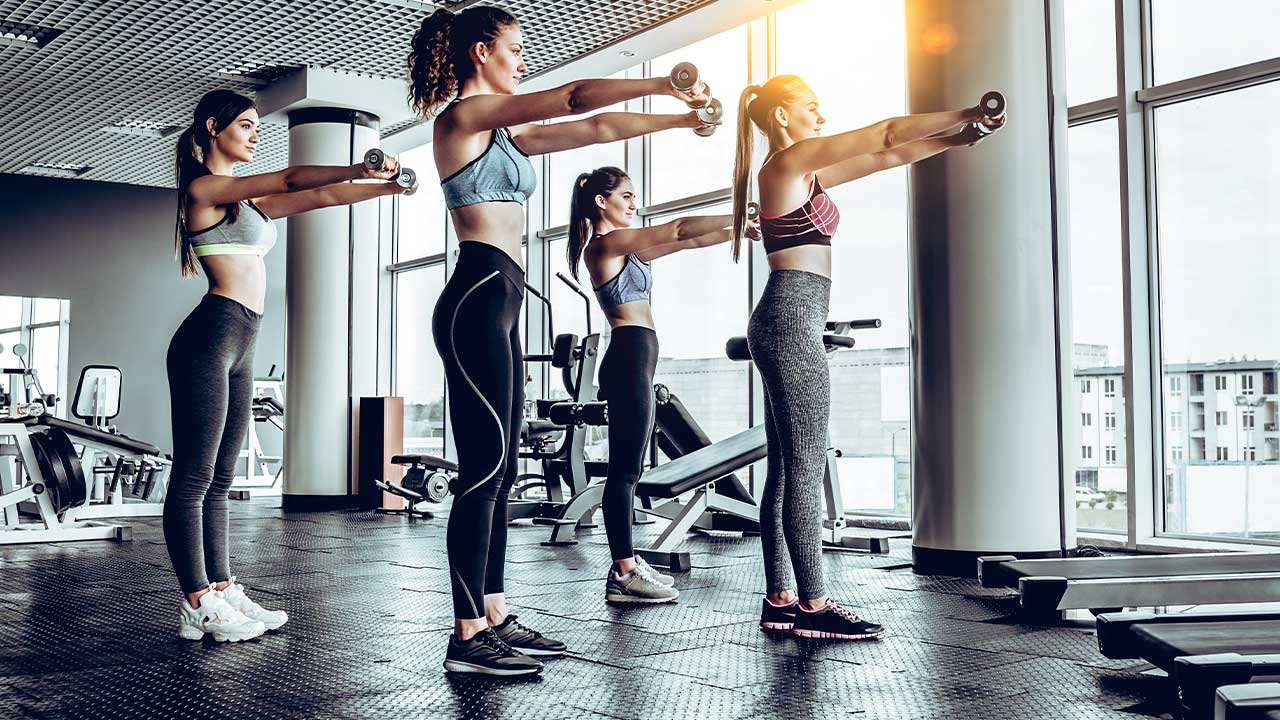A Good Workout on a Great Gym Floor Shouldn’t Be a Big Stretch
Aerobic activities are exercises that combine strength training and flexibility to improve cardiovascular health and fitness. This exercise category includes many different activities, techniques, and equipment.
Because aerobics is a diverse exercise form, it requires flooring that is versatile as well. The best floors for aerobic activity are:
- Suitable for floor work and exercise equipment like stationary bikes
- Shock-absorbent to reduce the load on joints and muscles
- Non-slip and water-resistant
- Hygienic and easy to clean
Suspended Wood
Many gyms prefer suspended wood and suspended floating wood for aerobic flooring. This type of flooring typically features a pre-finished hardwood surface with an integrated spring sub-floor. The sub-floor is an anti-fatigue feature that absorbs shocks and reduces impacts on the body.
This type of flooring can consist of portable segments for easy transportation and installation. However, large gyms may prefer to install a suspended wood floor permanently.
Humidity affects this type of flooring. Suspended wood flooring is sticky in high humidity, and if the air is too dry, the floor surface may be too slick. A gym with an indoor swimming pool, for example, may have to install a climate control system with the floor.
Vinyl
Vinyl aerobic flooring is one square foot PVC tiles that fit into each other to create a raised floor. Like suspended wood, vinyl flooring also has shock-absorbing properties. Unlike suspended wood flooring, however, heat and humidity don’t have any effect on vinyl.
Vinyl flooring is available in several designs. Fitness studios can choose from styles with small raised discs on top of the tile for added traction, smooth surfaces, or faux-wood textures.
Vinyl aerobic floors have a layer that protects it against the sun’s UV rays, and they are suitable for gyms with a lot of windows.
One drawback of this type of flooring is PVC off-gassing. The floors may have an unpleasant chemical smell for the first few months.
Rubber
Interlocking rubber mat flooring is a popular option for home gyms and small studios because they are affordable and easy to install. Rubber mat flooring also reduces muscle and joint strain for as long as the floor is in a decent condition.
Rubber flooring is not the most durable, however, and it has a relatively short lifespan. It can accommodate heavy gym equipment, but only for a limited time. Over time, the rubber flooring will also flatten and expand.
Poured Flooring
Poured flooring is permanent aerobic flooring with anti-fatigue properties. Poured flooring has a similar appearance to concrete, but it has a lot of giving to it, and the synthetic resin alleviates pressure and impact from joints.
This type of flooring has a long lifespan that can reach up to twenty years. Maximizing the floor’s lifespan requires professional installation and property care and maintenance. Poured flooring can withstand abrasion from heavy equipment as well as fluctuating temperatures and humidity.
Drawbacks of poured flooring are that it is relatively expensive, and it is not ideal for home aerobics gyms.



